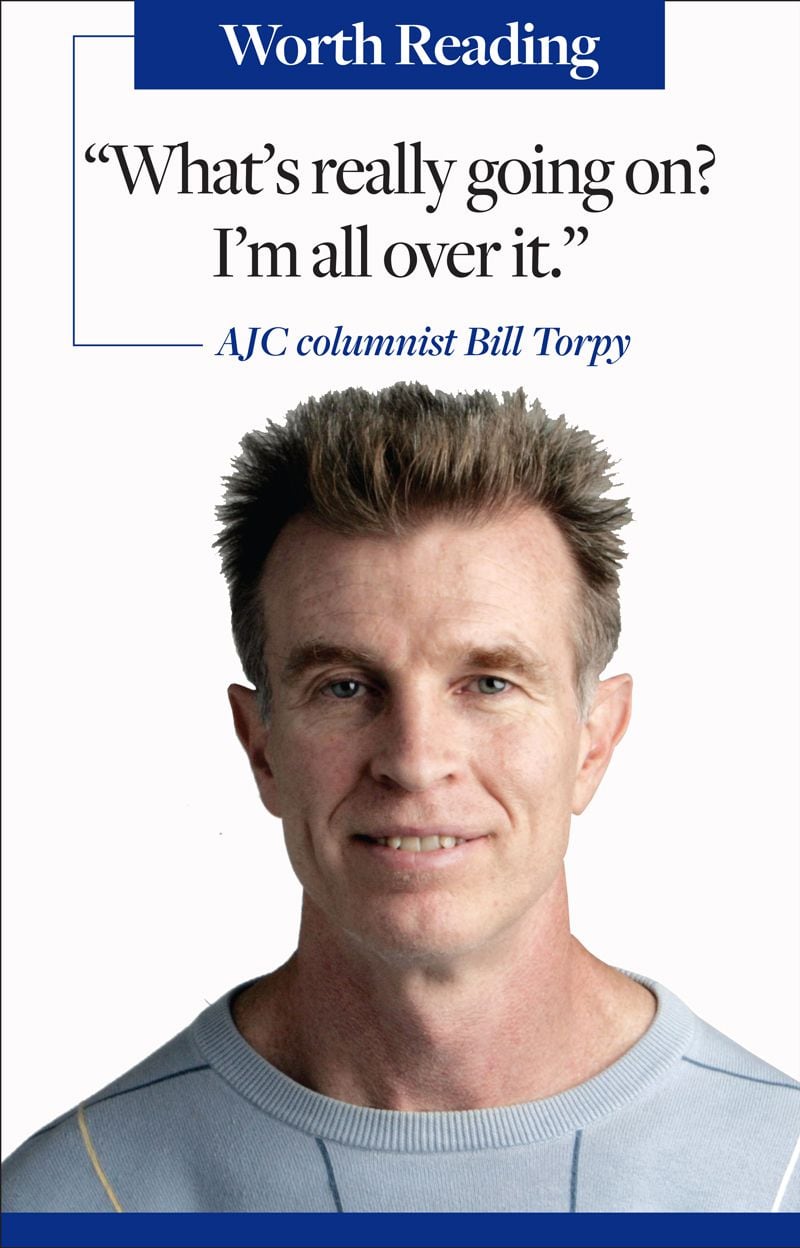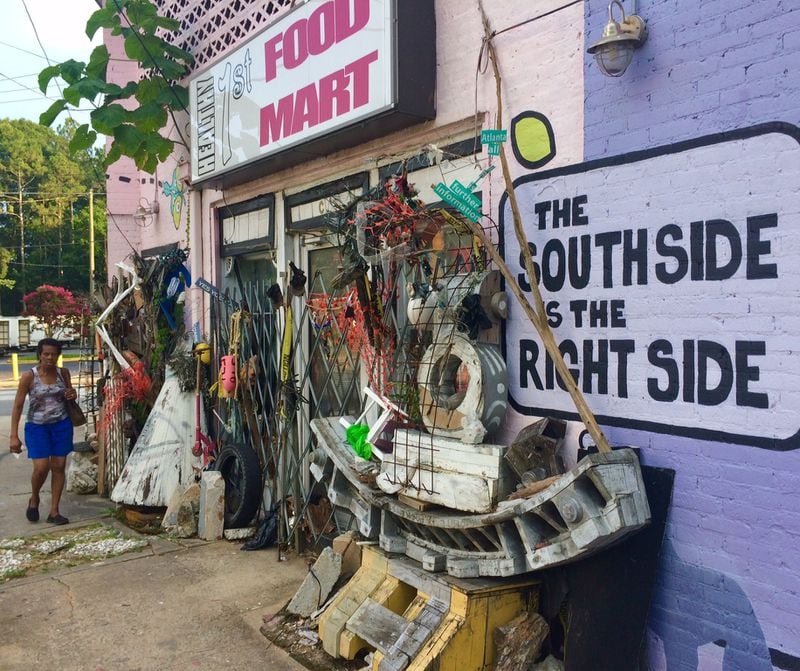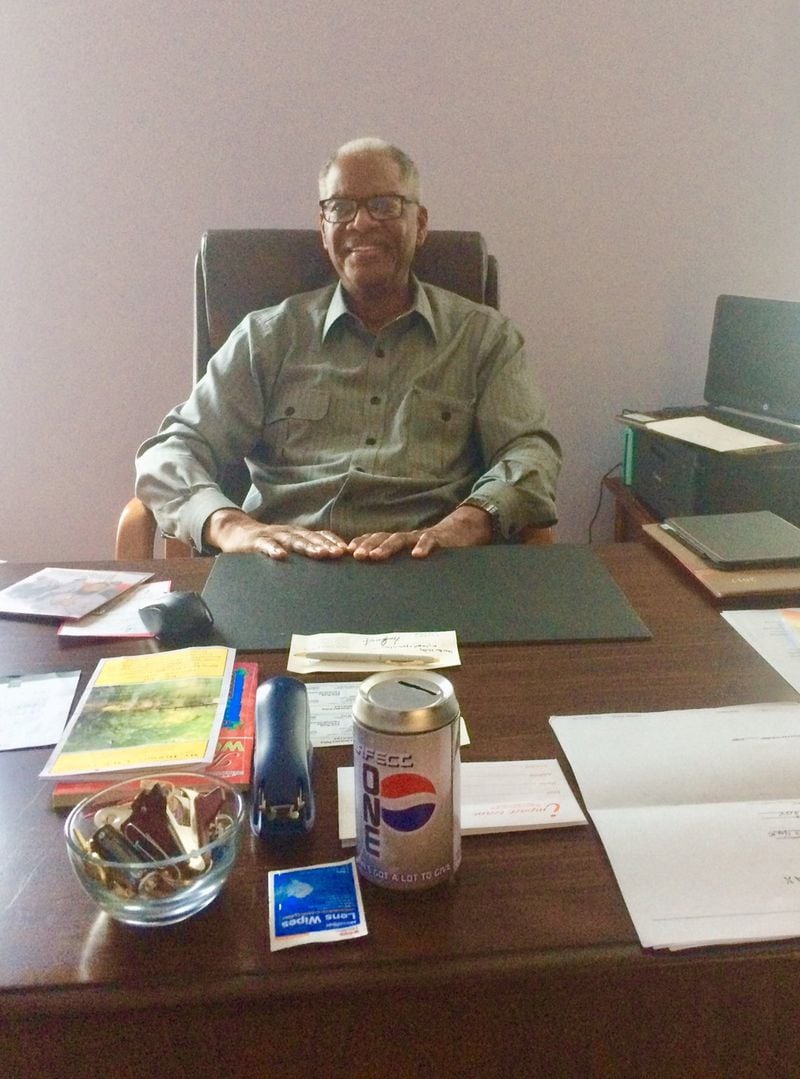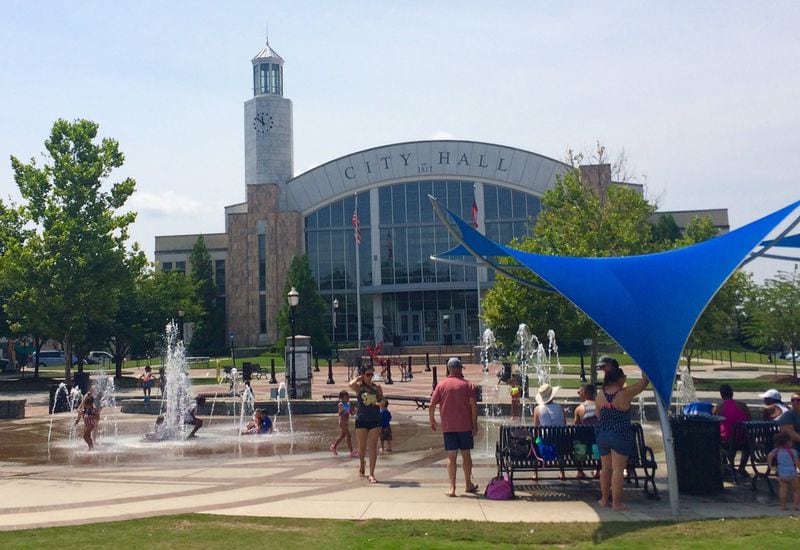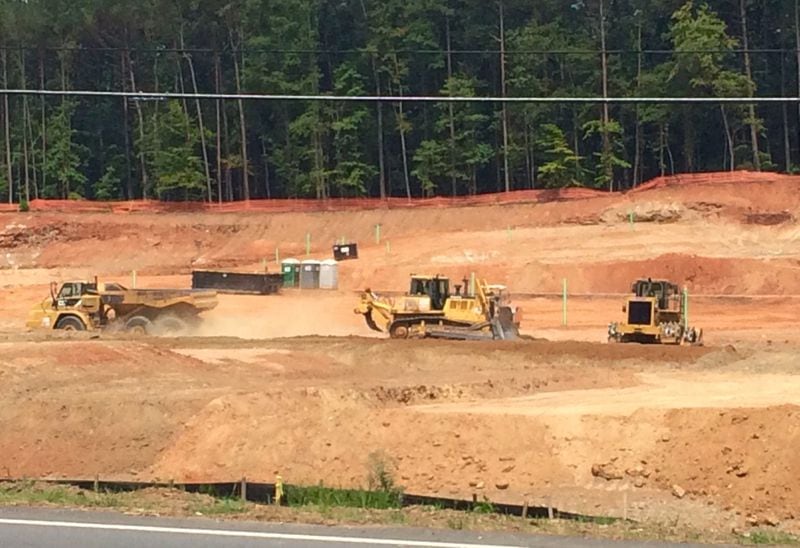Times are swell, right? Unemployment’s down. Stocks are up. Construction cranes are swinging.
Head to Suwanee in Gwinnett County and you’ll see that: Stately homes, manicured lawns and a sense that business is booming. Storefronts are occupied, fine cars queue up at traffic lights, and everything is just so brand spanking new.
But drive 35 miles south to the South Atlanta and Lakewood neighborhoods near where the Braves once played and you’ll find tired infrastructure, homes needing TLC, and many folks that could use the same.
This is a story about two ZIP codes on opposite ends of the spectrum. The first, 30024, is Suwanee, where life rolls along nicely, thank you. Residents are largely employed, educated and comfortable on a median income of $101, 390.
The second is 30315, median income $21,120, a place where hardship has gnawed at the sinew for generations. Here, poverty is endemic, homes remain vacant, and hope gets pummelled by stark realism. The poverty rate was 43 percent in 2015, with one in four homes vacant.
A recently released "distress index" from the Economic Innovation Group (EIG) said a large segment of the population is drifting further and further away from the American Dream. It found that well-off communities have bounced back from the Great Recession and thrived. But areas on the bottom of the scale have been hollowed out.
Those two ZIP codes are notable because the first was ranked Georgia's most prosperous ZIP code. The second was the most distressed. The EIG, a think tank founded by techies, determined these rankings by tossing data such as education, housing vacancies, unemployment, poverty rates and income into a blender, then peering thoughtfully at the results.
The results are not shocking, although the 5-to-1 income differential arches an eyebrow. I headed to the two ZIPs to nose around and ask residents some questions. What issues were important to them? What were they talking about?
I drove to the Villages of Carver, a cheery string of apartments where the massive Carver Homes projects once stood. Chastiny Kennedy, a youngish woman, was talking with a friend when I approached.
Before I could finish my introduction, she cut in with a laugh, “We’re poor. People need a decent paycheck.”
Kennedy earns two: $8 an hour at a cafeteria and $10 an hour cleaning rental cars at the airport.
“It’s tough to make a living to raise your kids,” she said. “They need to raise the minimum wage.”
The Rev. Isaiah J. Waddy, a Vietnam vet who pastors the St. Paul AME Church on south Pryor Road, said crime is not as bad as it was, but finding good jobs is tough. Many congregants, he said, “are holding their own. The gap between rich and poor is getting wider by the hour.”
He also mentioned the caustic atmosphere, especially concerning race, that poses as national discourse. “But that’s good,” he said. “You can’t deal with a demon until he’s out.”
The nation's growing income inequality has been on the boiler for years. And according to a different study a few years back, Atlanta is a tough place for people born into a low-income home to rise into the middle class or better.
Marianne Johnson, who is middle-aged, used the past few years to retool her skills to make another stab at it. A bachelor’s degree allowed her to snag a job at Emory University hospital as a patient access coordinator.
The homes on her dead-end street are tidy. Six were built by Habitat for Humanity in 1998, and she has lived there since then.
The neighborhood was improving until the recession, but has struggled since, she said. Investors call homeowners with low-ball offers as gentrification touches the ZIP code’s northern end near Turner Field.
Crime is still a worry, Johnson said. The neighbors on her block are nosy and look out for each other. She also has another safeguard: “I have the right to shoot.”
Alyce Sheffield, who lives on Hank Aaron Boulevard, said her husband was able to retire from a solid job at the now-closed Ford plant, but it’s harder for her kids to make it.
“Their jobs are hanging by a thread all the time,” she said. “A lot of jobs don’t have benefits anymore. The young boys today, I don’t know how they feel. I guess hopelessness.”
The difference between the two ZIPs is not necessarily black and white. It is that, to an extent, but it’s also education and class.
The population of 30315, a crisscross of industrial boulevards that are now largely forlorn, is 89 percent black, according to CityData.com. Some 19 percent have attended college, 66 percent are renters and 55 percent of adults have never married. Population has fallen from 40,000 in 2000 to an estimated 34,000.
In 2000, the Suwanee ZIP had 35,000 residents. By 2016, it was 75,000. Two-thirds of adults are married and 60 percent have a college degree. The population is 62 percent white, 9 percent black, 8 percent Hispanic and 20 percent Asian.
Traffic, break-neck growth and education are the first issues that residents mention. North Gwinnett High is there and is a huge draw. It’s routinely ranked as one of Georgia’s top 10 high schools.
I drove through the neighborhoods Thursday afternoon in search of residents but only found dog walkers, yard guys and handymen. So I headed to a gathering spot, the local post office.
Shari Gotschall, a teacher, likes to feel her kids are safe and appreciates the schools’ diversity. “It’s who we are,” she said. “It’s who (her kids) are going to work with.”
One thing she’s noticed in the subdivision-heavy, covenant-crazy area: “There’s a lot of rules to follow. Sometimes good, sometimes bad.”
Political beliefs ranged from liberal to independent to conservative, leaning toward the latter.
Mary Walker, also a teacher, supports the president. She had two sons attend West Point, one of whom is in Afghanistan. She said she keeps the discourse civil.
“My friends agree to disagree,” she said. “We’re mature about it.”
Tony Vergona, a retired financial guy and a non-golfer, moved from Washington two years ago to a golf course community “because my brother kept telling me how great it is here.”
He, too, mentioned Suwanee is much more diverse than his DC neighborhood. I noted it’s diverse but homogeneous — most everyone has money.
“Thank God!” he said with a chuckle. “That’s what makes you equal.”
About the Author
